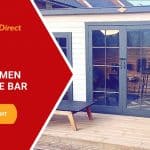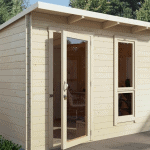Jump to:
Nothing quite connects you with nature like a stay in a log cabin. Whether you’re after a quick escape in your garden or a retreat in the countryside, it can be your little sanctuary. But can actually live in one and make it your permanent home?
Can You Live in a Log Cabin Permanently?
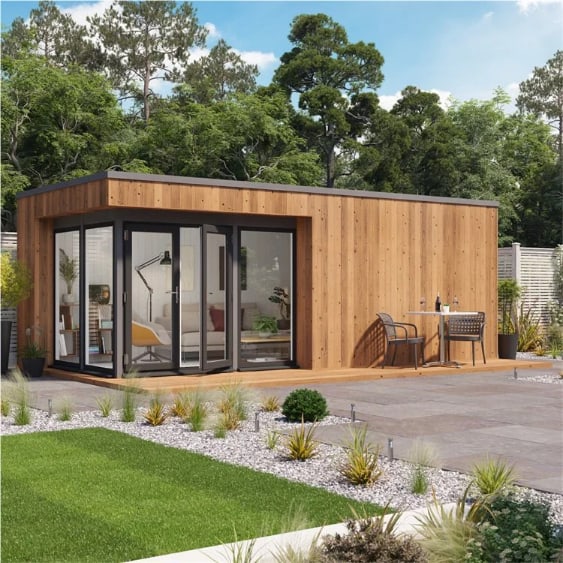
There are two questions to answer here:
- Can you do so according to the law?
- Can you physically live in it?
Let’s sort out the legal side of things, which comes down to planning permission. You will need planning permission if you want to live in a log cabin. While many garden buildings fall under permitted development rights, using one as a home could change things. We recommend checking with your local planning authority for specific regulations.
Other general regulations that are worth noting are as follows:
- Log cabins that exceed specific size or height limits may require planning permission, regardless of their intended use.
- A cabin shouldn’t take up more than 50% of your garden. There are also height restrictions. It can’t be more than 2.5 metres if it’s within 2 metres of your boundary.
- Even if planning permission is not required, you may still need to comply with building regulations. Please verify the specific rules with your LPA.
Ownership is also crucial if you’re considering putting a cabin somewhere other than your garden. You’ll need to submit plans to the local council and carry out a survey of the area. This requirement ensures your garden room complies with local regulations. It might seem like a lot to get sorted, but once you have permission, you’ll be well on your way to moving into your cabin.
Log cabins are suitable for living in, provided they meet the necessary living standards. Here are some key things to think about for a fulfilling cabin lifestyle:
Health and safety
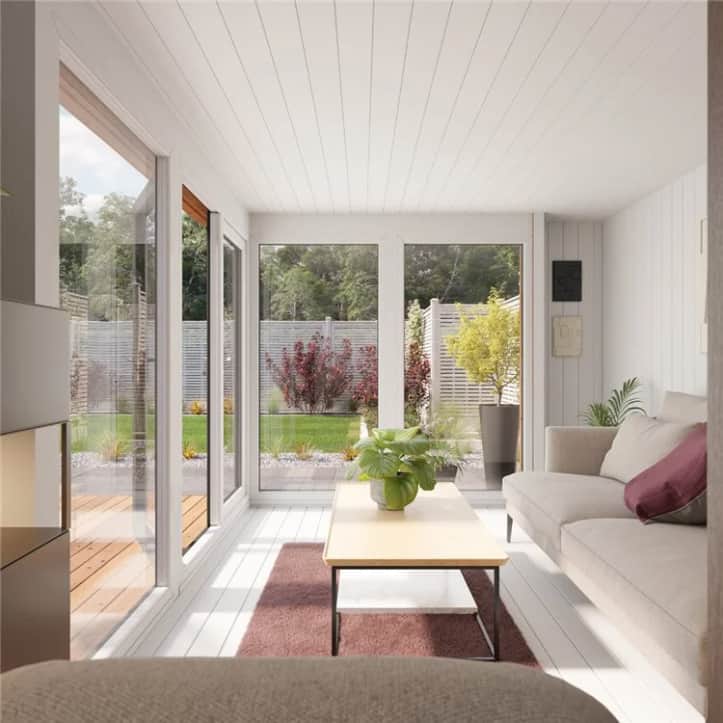
Health and safety are of the utmost importance when living in a log cabin permanently. One key aspect to focus on is the addition of a well-designed ventilation system. Ventilation prevents moisture buildup and mould growth and helps maintain a clean environment. If overlooked, these concerns could affect your well-being and that of other occupants.
Having a reliable heating system, such as a stove heater, can also improve comfort. Such an addition can help maintain a warm environment inside the cabin, especially during harsh winter.
Shopping tip: If you’re still on the hunt for the perfect unit, then look no further than insulated log cabins. They feature double-glazing, T&G cladding, and in-built insulation.
Financial sides
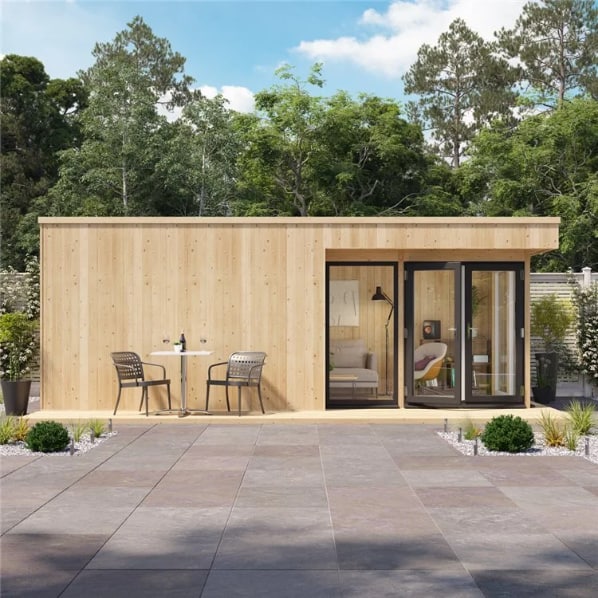
The financial side of living in a log cabin is just as important. Start by looking into the upfront costs of buying or building one. Don’t forget to factor in ongoing expenses like property taxes, insurance, and general upkeep.
Making a budget that covers your income and outgoings is a good idea. This includes mortgage or rent, utilities, insurance, and maintenance. Once you’ve got it all down, you can see where to cut back or make tweaks.
Tip: Consider DIY projects and regular maintenance to avoid pricey repairs. You might also want to upgrade to energy-efficient appliances and use LED lighting. Setting up a rainwater harvesting system could help you save on water bills, too.
Community and social aspects
Isolated or not, it’s still important to stay connected with your community. It’s good to know you’ve got neighbours nearby when you need a hand. For one, making friends nearby can turn your cabin area into a proper neighbourhood. Whether it’s having a BBQ together or enjoying a game, it builds that sense of belonging. It’s like having an extended family just next door, just as you would in a typical house.
Round-up
Living permanently in a log cabin is possible, provided you comply with the law and it meets your living standards. It can be a great choice if you enjoy a simple and close-to-nature lifestyle.
Explore our selection of log cabins for sale for more options. Up next on your reading list: Ways to Decorate the Inside of Your Log Cabin
If you have any further questions, please don’t hesitate to contact us at 01909 768840.

